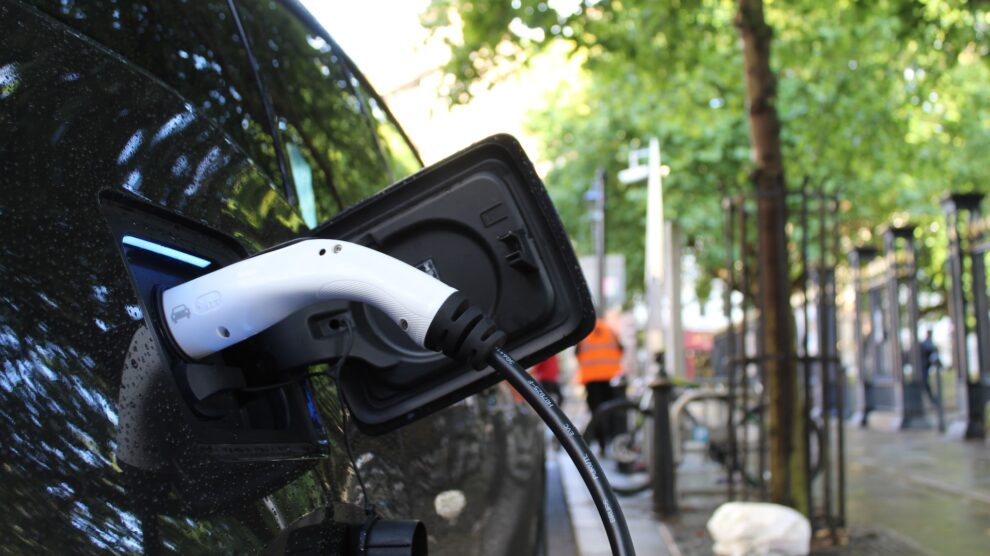Over the past few years, the fight against climate change has rapidly escalated. This new initiative has helped birth a range of different products that can help us go about our daily lives in a greener way.
The motoring industry has been through the most scrutiny which means it has faced its fair share of challenges along the way. These challenges have helped birth Electric cars. Electric cars have initiated change in the industry and are paving the way for newer technologies and slicker cars which help rather than hinder the environment. Many have already opted for buying electric vehicles, evident from the graph here.
As the UK government confirms plans to ban sales of petrol and diesel cars by 2030 to help tackle climate change, here’s an all you need to know manual about electric vehicles which will help you make better and informed decisions when buying yours.
How do electric cars work?
Electric cars are usually powered by an electrically charged battery, unlike regular combustion engines which run off fuels such as petrol and diesel. The battery pack powers the motor which turns the cars’ wheels, allowing it to move. In most cases, wall sockets supply power to the batteries, either from dedicated charging units or inside homes. As the battery receives power, it begins to store it in the battery for use when the car is run. Hybrid vehicles use part battery power and apply fuel to help run the vehicle.
Entirely electric cars do not produce any emissions that make them more environmentally friendly, reducing air pollution. They also produce less noise pollution as they are quieter than petrol or design engines which is excellent for noise pollution.
How much are they and what is the cost of running one?
Initially, the cost of an electric car is much more than an average car. The cost can range, depending on the brand form £15,000 and higher depending on the vehicle’s specification. Generally, high-end models go for much more, almost £100,000+. However, to get more people transitioned quicker, the UK government has launched a plug-in car grant that reduces the car’s initial cost by £3,500. Other grants can also help buyers get £500 towards installing a home charger.
Running an electric car is much cheaper than running a fuel car because charging them is less expensive than filling a car with diesel or petrol. Servicing electric vehicles is thought to be cheaper too as they have fewer moving parts and fewer issues generally. They are also not liable for road tax in the UK if the vehicle costs less than £40,000. Although this sounds excellent, the price of insuring an electric car is slightly higher because there are not many insurance companies that insure electric vehicles and the ones that do seem to be expensive.
How long do they take to charge, and where can they be charged?
For most electric cars, but not all, there are three charging speeds: slow, fast and rapid.
Although self-explanatory, the slowest charging speed takes roughly 8-10 hours and is intended for the car to be charged overnight when it is not being used.
The second speed is fast charging, takes about 3-6 hours and can be done while at work or in-between errands. The last charging speed, rapid, takes about 30-60 minutes, the same as your smartphone, giving the car a boost of power.
Across the UK there are 30,000+ charging points currently in 11,000 locations. In 2019 an estimated 10,000 charging points were added with the prospect of more to be added by 2030. For the transition to be possible, the UK will need to spend £1.6 billion to increase the number of charging locations by 28,000. This will cover the estimated 7 million electric vehicles that will potentially be on the road.
What are the drawbacks of owning an electric car?
Although new technologies can be interesting and exciting, providing us with new ways of living, they can come at a cost. The technology used in batteries offers the most problematic limitations. The typical electric car battery relies on 9kgs worth of cobalt.
Cobalt is a chemical element that is mined and used in lithium-ion batteries. Like some diamonds, its mining is questionable and in some cases produced in poor working conditions, using underpaid child labour.
Although this is not the case for all-electric cars, it’s worth doing your research and looking at what the brand you’re deciding to buy is doing to help prevent this abuse and where and how their materials are sourced.





